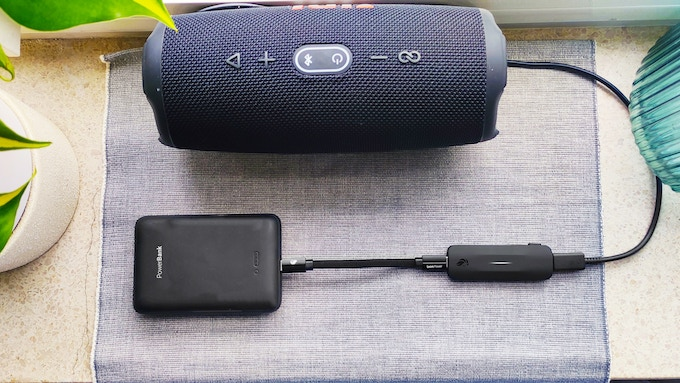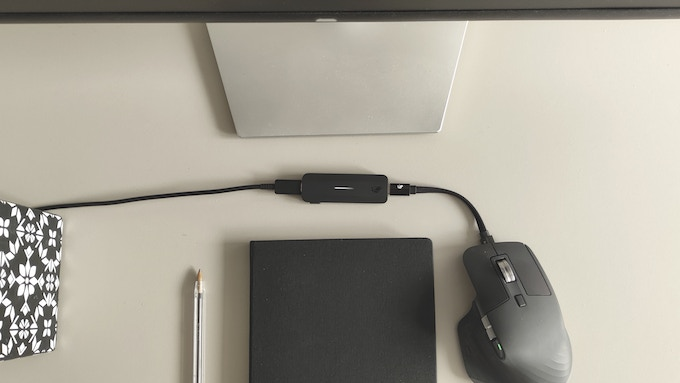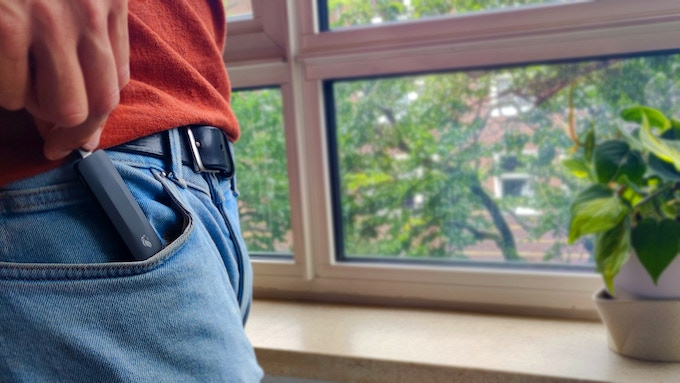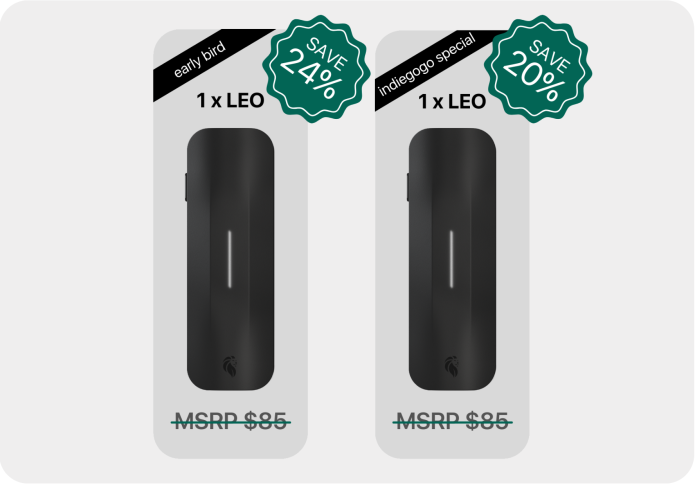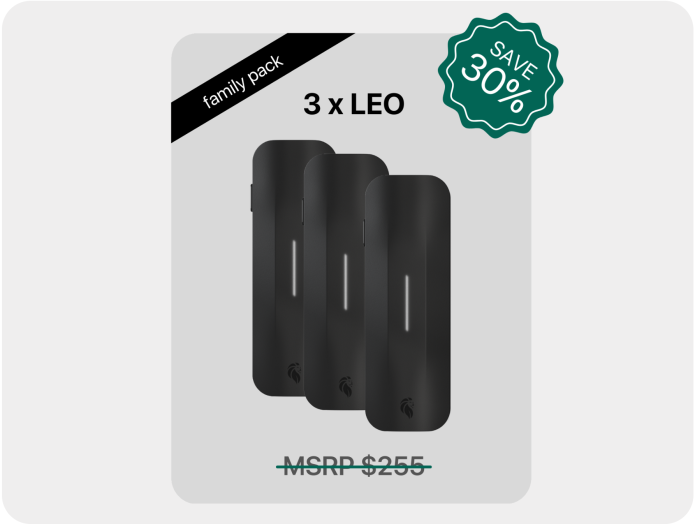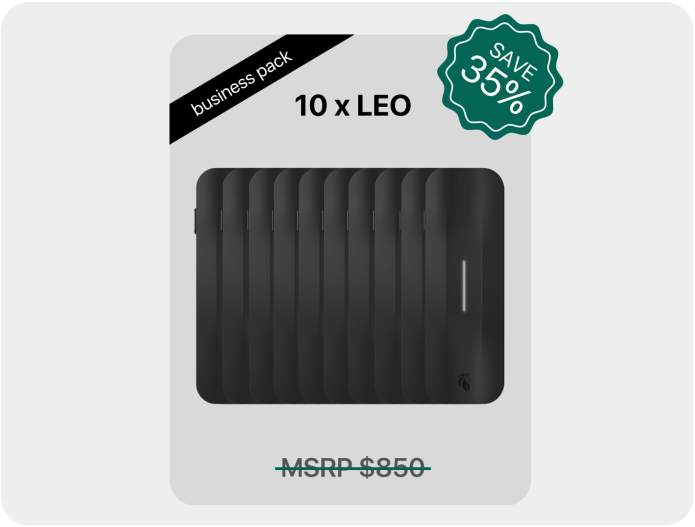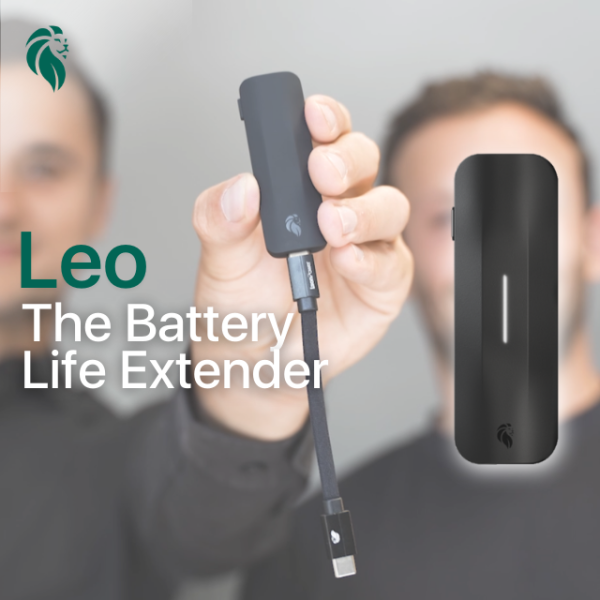
Award-winning device, extending all your portable electronics’ battery lifespan by as much as 50%.
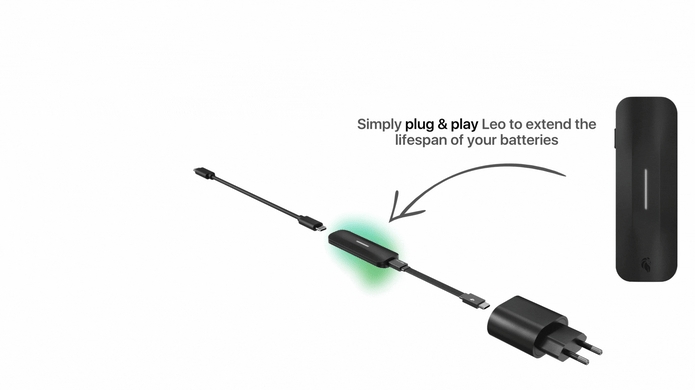

And fast-charging and overnight charging also shorten battery lifespan.
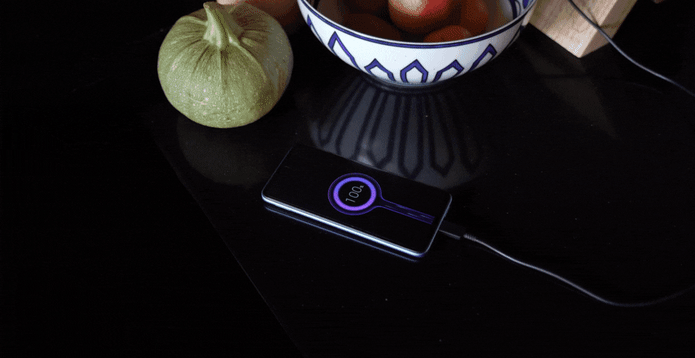
A battery that is charged to 100% is under high chemical stress, which increases battery wear. Fast charging not only accelerates this wear but also raises the battery’s temperature, which is even more harmful to its long-term lifespan. And with overnight charging these batteries stay under high chemical stress for hours… Besides, why would you want to charge fast if you have 7 or more hours to charge your battery overnight?

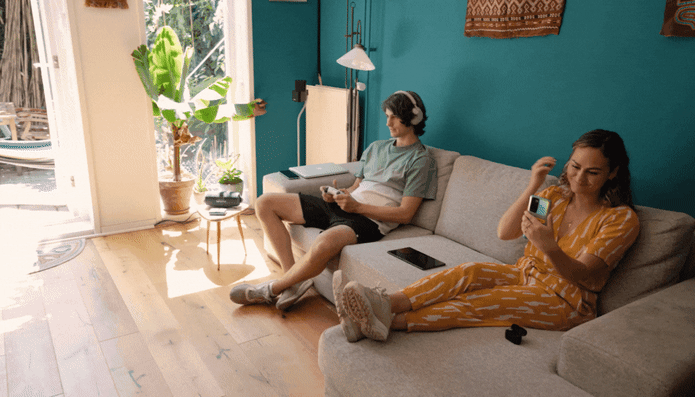
Lithium-ion batteries power our world, but their gradual wear forces us to replace our ‘old’ devices more frequently. Shockingly, a quarter of all devices end up in the trash simply because their batteries have worn out. This not only hurts our wallet, but also leads to mountains (literally) of e-waste, which is a significant environmental concern. On top of this, dealing with batteries dying on us throughout the day becomes a recurring inconvenience.

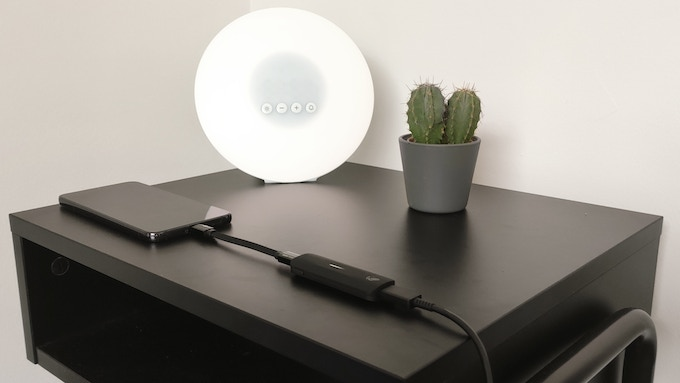
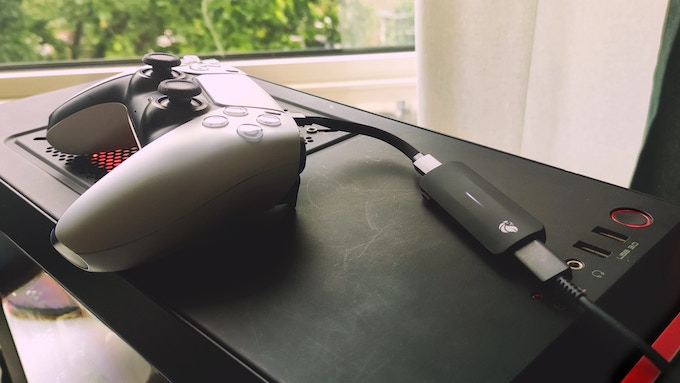
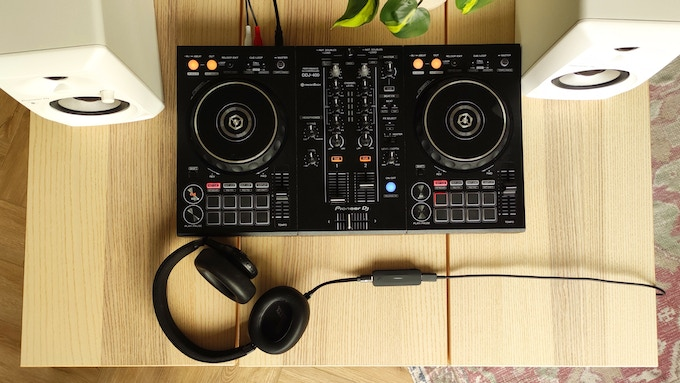

Plugged between your charger and device, Leo first analyzes your battery and then automatically sets an optimal charge limit, regulates charging speeds, and schedules timely breaks to keep your batteries healthy for years.
(see FAQ for sources and more information)

It is this combination of features that makes Leo so effective in improving the lifespan of your batteries:
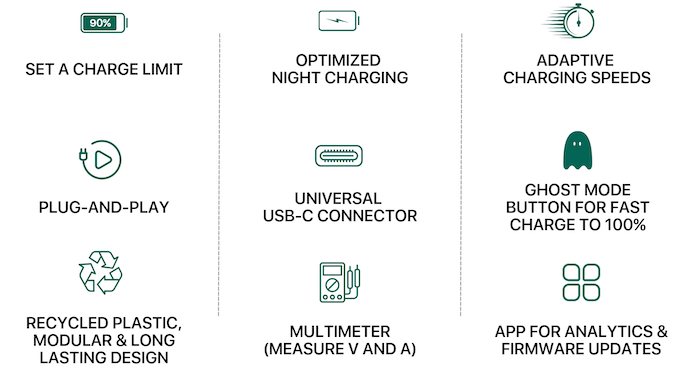
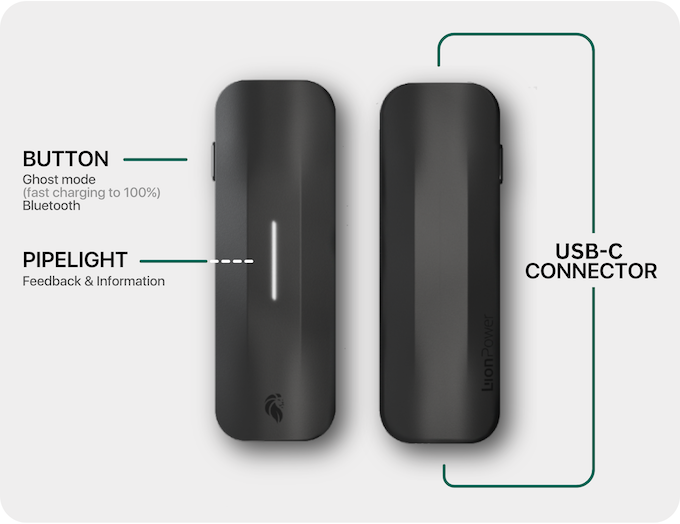

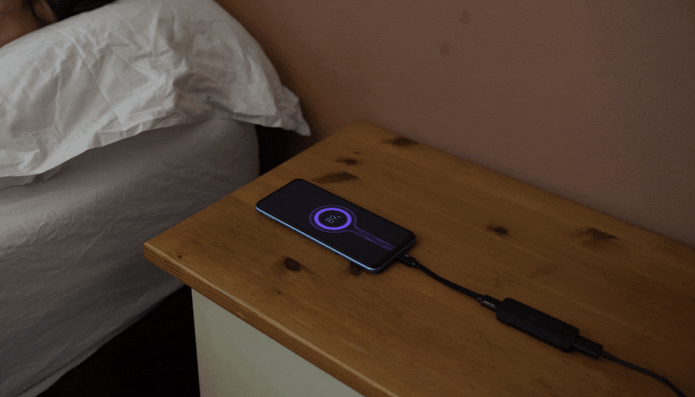
Leo automatically sets an optimal charge limit at approximately 90% for all your USB devices. Maintaining your batteries within the range of 10% to 90% can already significantly extend their lifespan.
(While Samsung phones include this feature by default, it’s a rarity among smart devices and nearly nonexistent among non-smart ones. To see how Leo’s capabilities stack up against other devices, refer to the comparison lower on this page.)

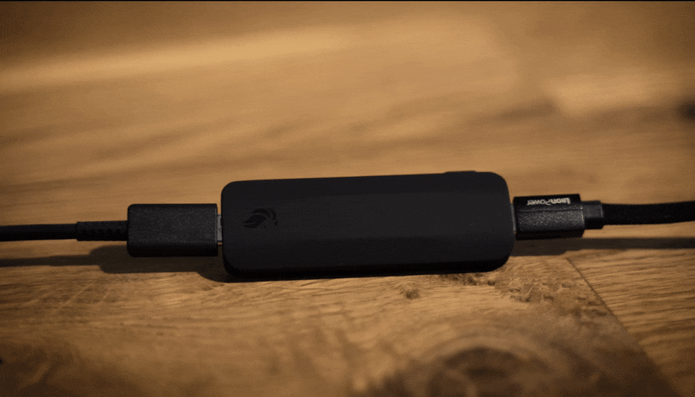
Leo charges at a slower, more sustainable rate when you have the time, such as during the night. However, with a simple push of a button, you can switch to fast charging when needed!

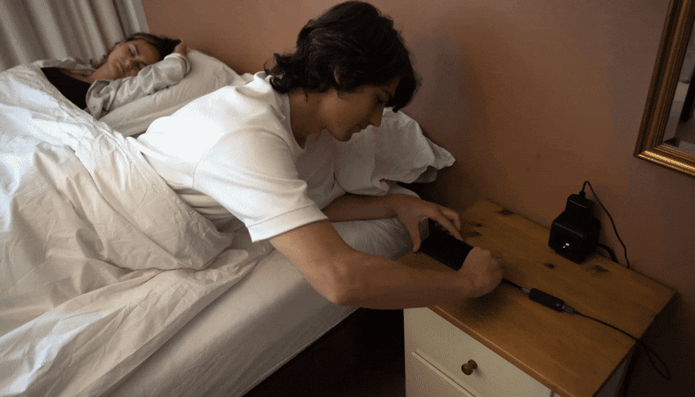
During night charging, Leo takes a break at around 80%, effectively reducing the duration your batteries remain at a high charge percentage and voltage.
(iPhones use the same trick at night, but they do not offer a charge limit and will still charge to 100% eventually)

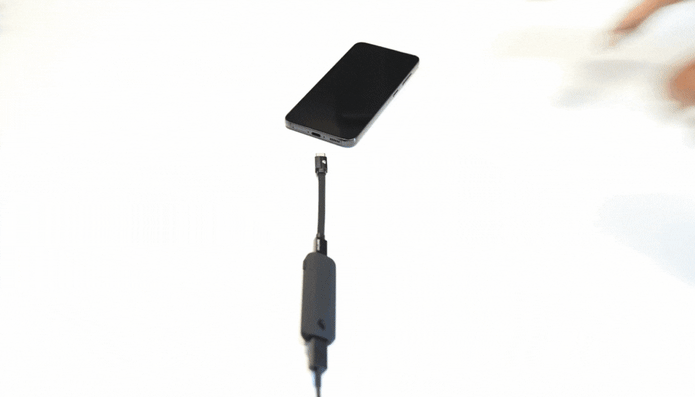
Leo works just by plugging it in between your device and your charger: Plug&Play. You do not have to do anything yourself. Even one of our team members’ grandmothers is using a prototype of Leo, and she just turned 87 ?


Leo can be used to optimize charging for practically all your USB-C devices. Whether your device uses a USB-C to lightning cable or a USB-A to USB-C cable, they can still benefit from Leo. Its adaptability enables implementation on both the charger side and the device side.

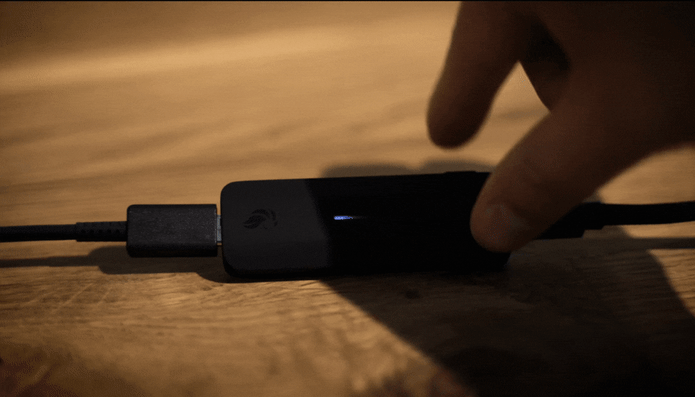
As mentioned earlier, you can still opt for a fast charge up to 100% when necessary. Simply hold the button to swiftly override Leo and switch to fast charging. This way, there’s no need to unplug Leo.

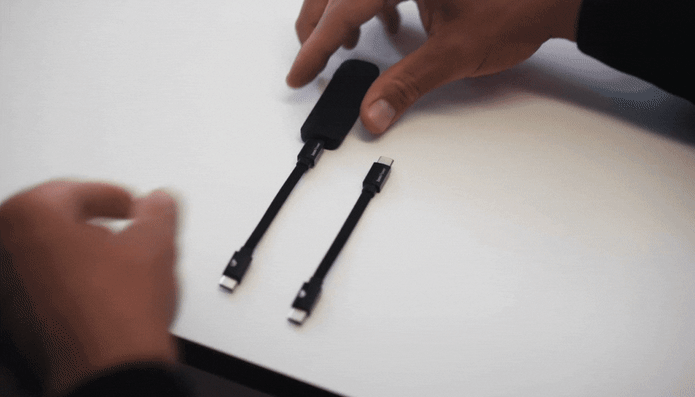
Leo is designed with sustainability in mind. Our device is built to last for many years, and with updatable software, it will stay up to date throughout its lifespan. We’ve made the cable modular and easily replaceable to ensure longevity, as we understand that even the best cables can wear out over time.

You don’t need an app or anything to make Leo work: just plug it in. But if you like extra features: here we go. With the Leo App, you get a dashboard with battery analytics, you can measure battery health, see charging graphs, and keep Leo up to date with OTA firmware updates! We will continue adding new features through the app and Leo.


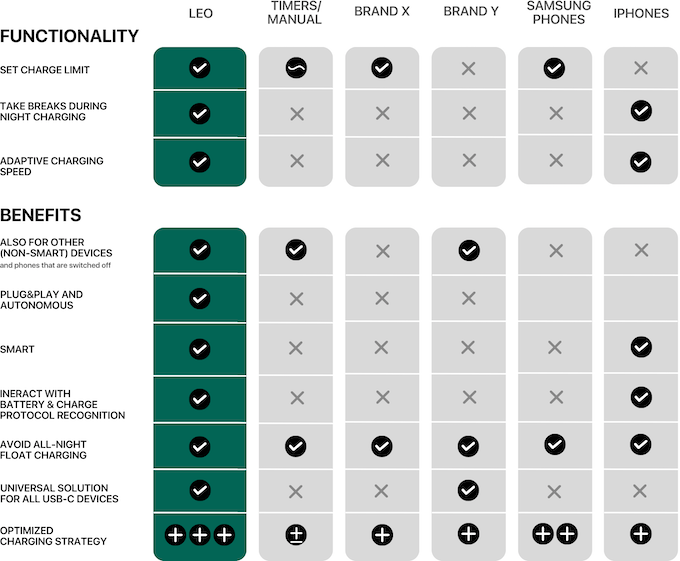

How? Let’s say you own 3 rechargeable portable electronic devices:
Average smartphone: ~$823
3 other devices (headphones, smart watch, tablet, mouse, keyboard, speakers, go-pro, etc): ~$450
Total: ~$1273
If you would be able to improve the lifespan of these devices by just 5% (representing a value of ~$64) Leo would already earn back its value, as Leo is priced at ~$59 on Kickstarter. The expected improved lifespan actually reaches as much as 50%, which would mean a 10x return on investment within the current lifecycle of your devices.
![]()
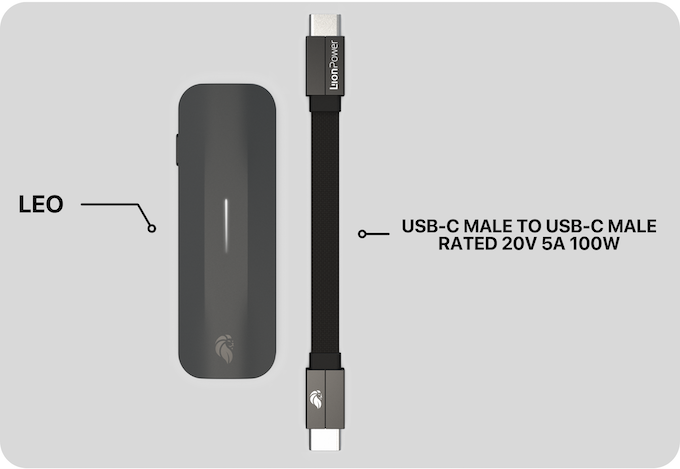

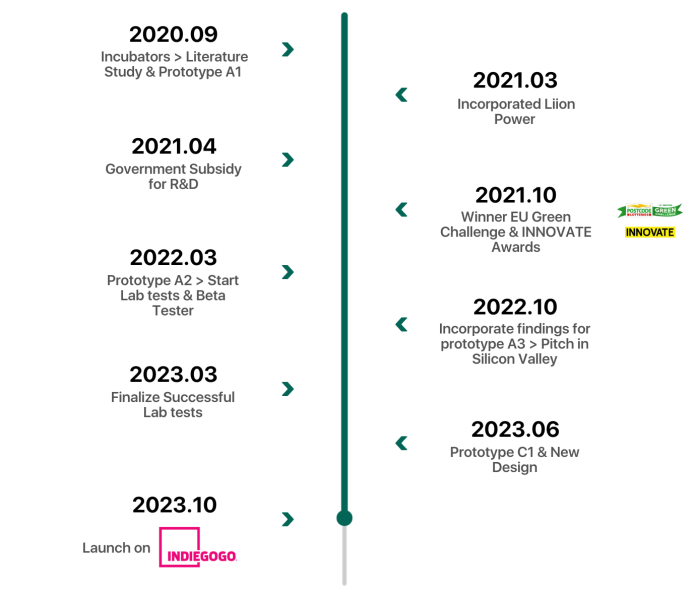

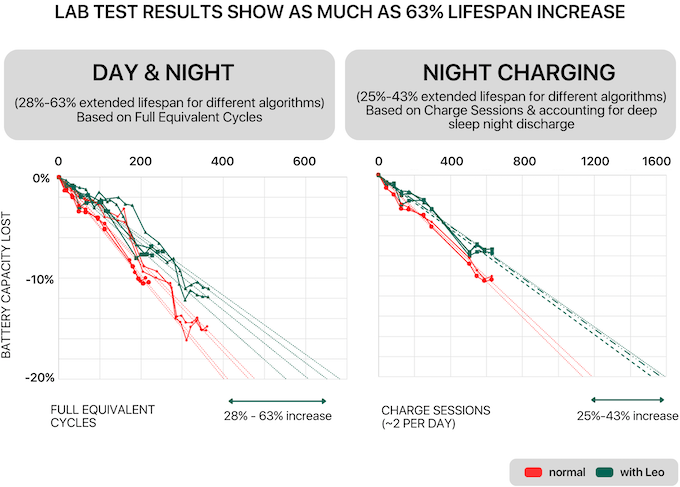
Lab results actually show as much as a 63% lifespan increase, but as we aspire to underpromise and overdeliver we assume a lifespan increase of as much as 50%.

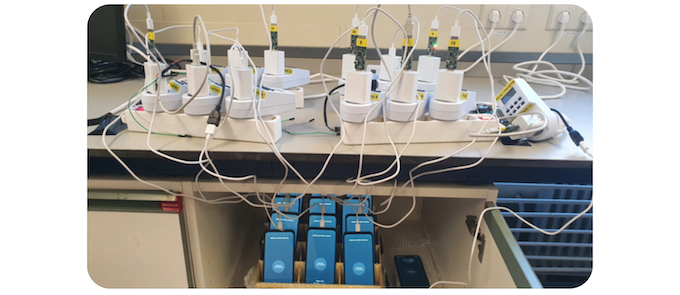
After a year of continuously cycling dozens of batteries using different protocols of Leo, our results were unanimous. Across all the protocols we examined, we consistently observed a substantial extension in battery lifespan, reaching up to an impressive 63%. The actual degree of battery life extension largely depends on the user’s existing efforts to mitigate battery degradation.
The experiments were done with AccuBattery installed, in order to externally validate our findings. With over 10 million downloads, this trusted battery analytics app showcases an example of the tangible impact of Leo on battery longevity.
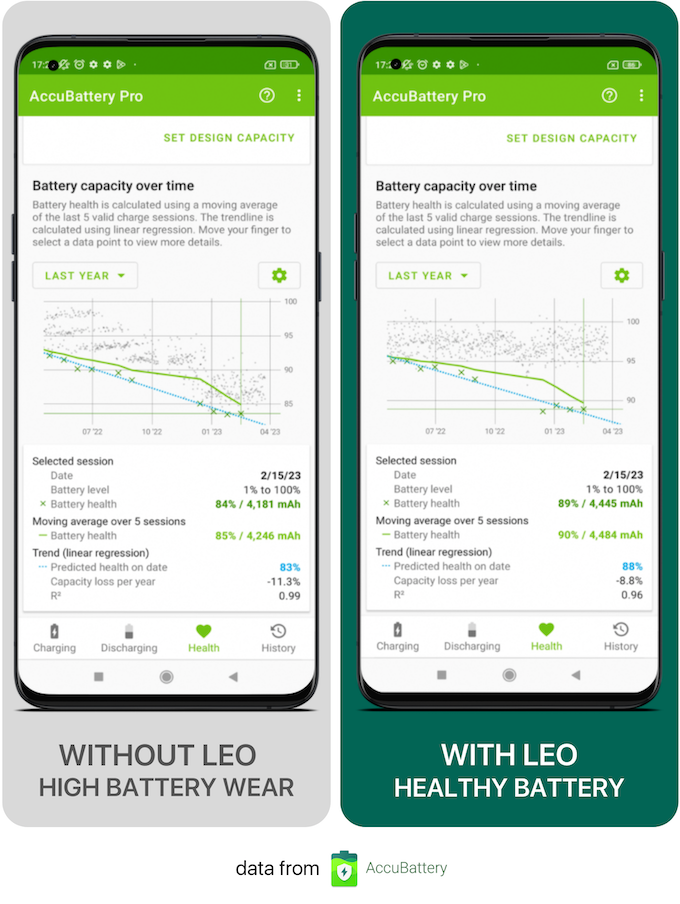
To learn more about the science behind Leo and optimal battery charging, go to our FAQ page.

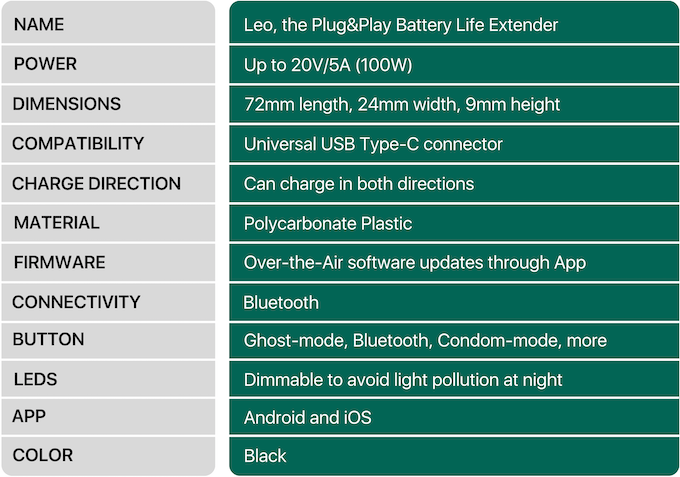

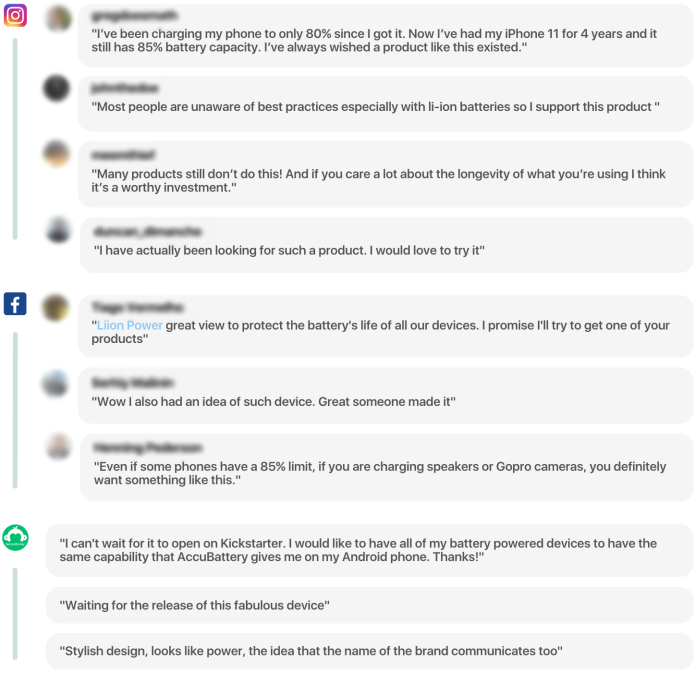

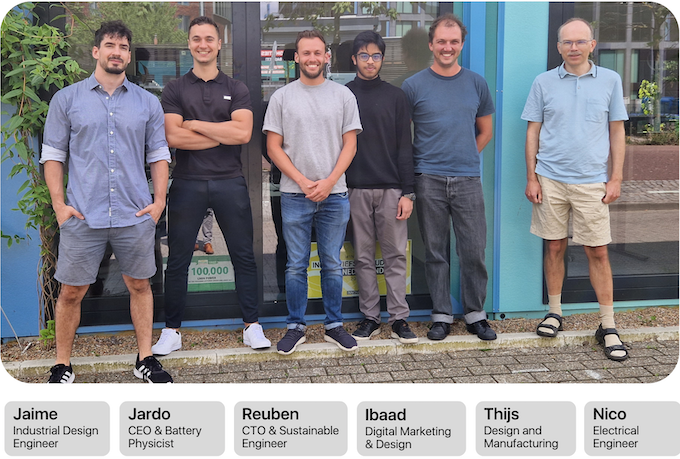

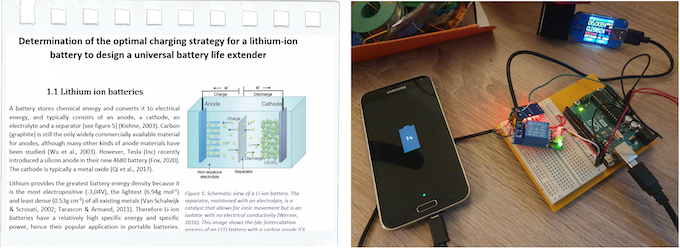
Our journey began approximately 3 years ago as part of an MS Physics literature study on battery degradation mechanisms. We then started running the first tests.
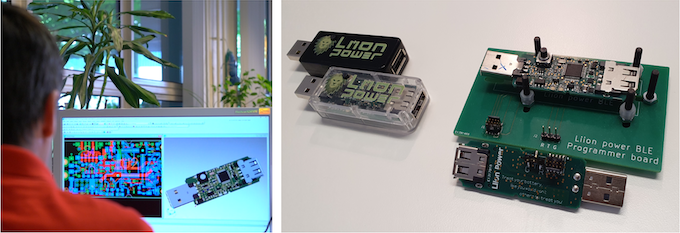
In the renowned Demonstrator Lab at the Vrije University in Amsterdam, we converted our ideas into an actual first prototype. With this prototype, we started testing the effectiveness of our protocols both in the lab (see our technical validation section), as well as testing with our first beta testers.

Next step: implement all of our learnings and beta tester feedback. Brainstorming, sketching, 3D printing, and testing everything we could think of.
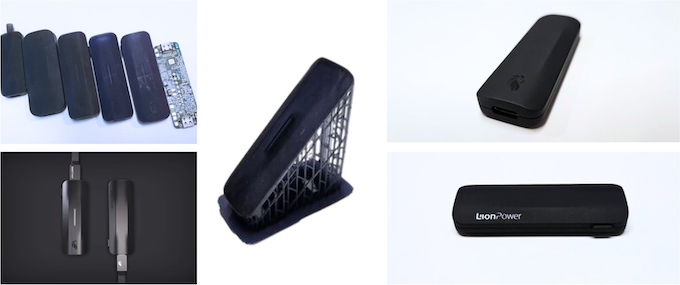
New European laws (2022): Transition to the universal USB Type-C connector and protocol.
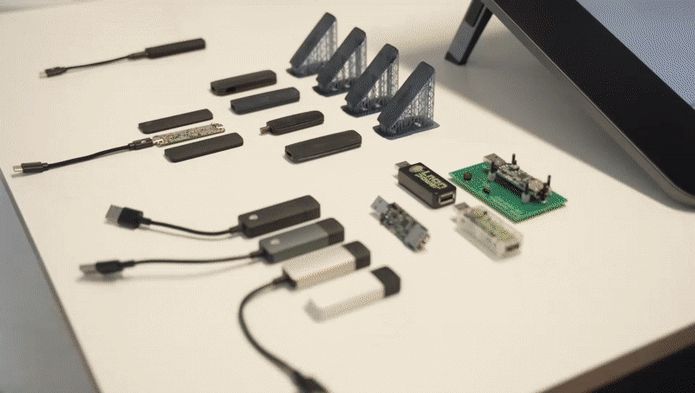
We hope that everyone is happy with the final result. Please let us know in the comments what you think.
